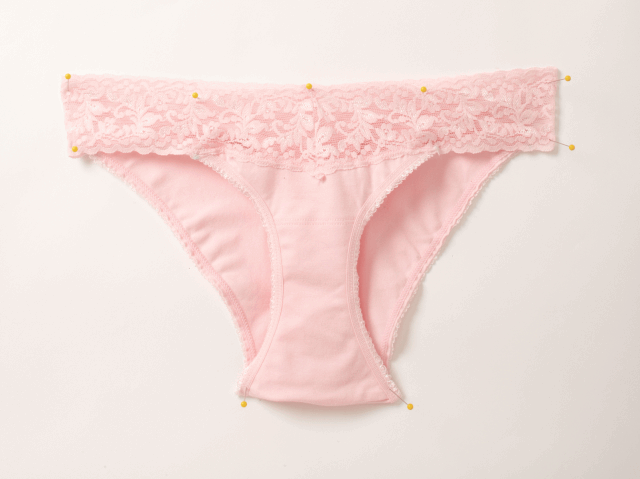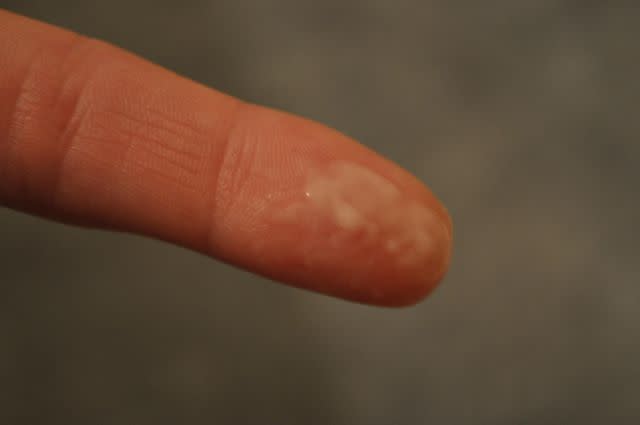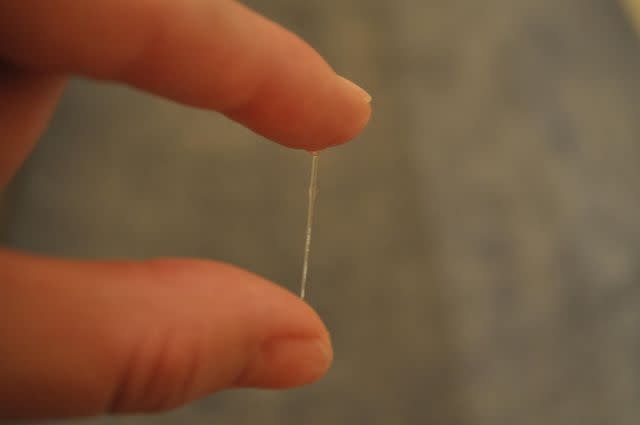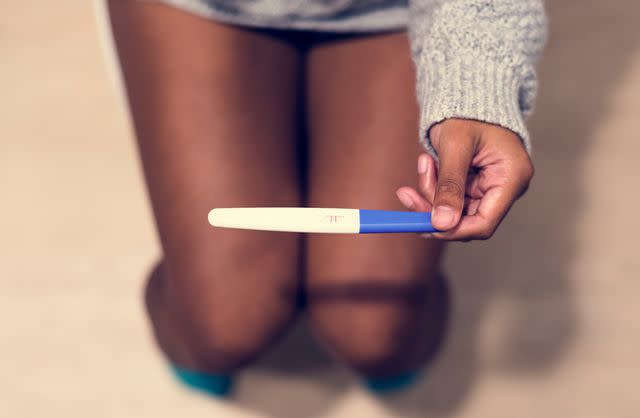What Cervical Mucus, aka Ovulation Discharge Looks Like When You're Fertile
Sticky? Creamy? Milky white? Here's what your cervical mucus looks like before your period, after ovulation, and every day in between so you can predict when you're most likely to conceive.
Medically reviewed by Lulu Zhao, M.D.
Cervical mucus, also known as ovulation discharge or cervical fluids, is a substance around the cervix that helps make passage through the cervix easier for sperm to fertilize an egg—or, once an egg is fertilized, the discharge helps to protect the cervix from anything getting through.
Cervical mucus is heavily influenced by hormones, which causes it to change consistency throughout the menstruation cycle. Your cervical mucus will change depending on where you are in your cycle. Research has shown that with careful observation, you can learn how to reliably know where you are in your cycle based on what your cervical mucus looks and feels like.
Keep reading to learn more about cervical mucus and how it changes throughout your cycle.
Tracking Your Cervical Mucus
Hormone fluctuations cause your cervix to secrete a discharge called cervical mucus during your cycle. It changes in appearance, texture, and amount throughout the month based on your estrogen levels.
There are four types of cervical mucus, ranging from type 1 (least fertile) to type 4 (most fertile). If you're trying to get pregnant, finger testing—observing the feel and consistency of the discharge by rubbing or pulling it between your index finger and thumb—is the best way to check the cervical mucus changes we outline here. But don't get discouraged if you can't tell the differences right away.
"It may take up to four months to get familiar with your body and be able to detect mucus changes," says Cindy MP Duke, MD, PhD, medical director of the Nevada Fertility Institute in Las Vegas.
Cervical Mucus Before Period

It's normal to have some dry days leading up to your period. And during your period? Blood flow makes it difficult (and a bit icky) to check for cervical or ovulation discharge. Skip the finger test, but remember it's still possible to get pregnant even when you're menstruating. Use birth control if you aren't trying to conceive.
Cervical Mucus Day After Period

Cervical Mucus Type 1: Least fertile
Many people produce the least amount of cervical mucus immediately after their period. In fact, you might feel rather dry and not have any discharge at all. "Your chances of getting pregnant are lowest when you're in the type 1 mucus phase of your cycle," says Dr. Duke.
Cervical Mucus Week After Period

Cervical Mucus Type 2: Low fertility
About a week after the end of your period, you'll start to notice thin discharge with a light white color. "Your underwear may feel a little damp as you produce type 2 cervical discharge," says Dr. Duke. Your odds of getting pregnant are still pretty low.
Cervical Mucus As Egg Ripens

Cervical Mucus Type 3: High fertility
As your egg starts to ripen, your body produces type 3 cervical mucus. "This thicker discharge has a creamy appearance and feels sticky or tacky between your fingers," says obstetrician and gynecologist Sheryl A. Ross, MD, author of She-ology: The Definitive Guide to Women's Health. Period. "This discharge is a sign that you're going into your most fertile period."
Cervical Mucus Before Ovulation

Cervical Mucus Type 4: Most fertile
Your body produces the most cervical mucus as it prepares for ovulation. "Type 4 discharge is clear and has a stretchy consistency similar to raw egg whites," says Dr. Duke. "Your odds of getting pregnant are two to three times higher now."
Related: Can You Only Get Pregnant During Ovulation?
Cervical Mucus After Ovulation

Peter Cade / Getty Images
You'll start to produce less cervical mucus after ovulation in the days leading up to the start of your period. This discharge may be cloudy and sticky.
Cervical Mucus After Implantation

Early in pregnancy, the body ramps up production of estrogen and progesterone. As a result, you may notice a heavier flow of discharge after implantation.
Cervical Mucus During Pregnancy

You might see increased discharge during your third trimester as well. If you notice a slight odor—the result of hormonal changes—you can apply a gentle soap to the vulva (never douche); if the discharge is foul-smelling, see your doctor.
As your delivery date nears, your cervix begins dilating and releases thick (clear or blood-streaked) discharge known as the mucus plug. Some people go into labor hours after the plug descends, while others wait several days for their water to break.
Related: Vaginal Discharge During Pregnancy
When To See Your Doctor

Certain factors can affect cervical mucus, including:
Breastfeeding
Hormonal contraceptives
Sexually transmitted infections
Polycystic ovarian syndrome (PCOS)
Irregular periods
Cervical surgery
Early menopause
Vaginal infections
"If your discharge has a strong odor, seems overly thick, or is greenish or yellowish in color, see your doctor," says Dr. Ross. "You may have a bacterial, yeast or sexually transmitted infection that requires treatment."
Cervical mucus or ovulation discharge goes through several stages known as types 1, 2, 3, and 4, with each stage showing slight changes in discharge consistency based on how fertile you are. These cervical mucus changes can help you know where in your cycle you might be, including ovulation and menstruation. If you are trying to get pregnant, talk to your doctor about how to track your ovulation and menstruation cycles.
For more Parents news, make sure to sign up for our newsletter!
Read the original article on Parents.

